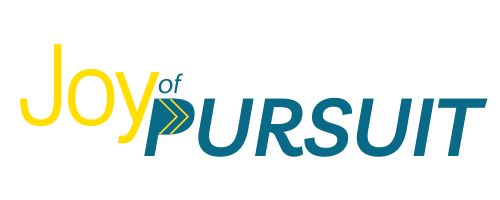The Employee Journey: How to Build Success at Every Stage
The employee journey is a comprehensive framework outlining the key stages an employee experiences with your company, from recruitment to departure. Understanding and optimizing this journey is critical for enhancing engagement, retention, and overall success. The employee journey is commonly divided into four stages: hiring, onboarding, retention, and exit. Each stage is interconnected, shaping the overall employee experience and profoundly influencing business outcomes.
Hiring: Building the Foundation for Success
Hiring is the first and arguably one of the most critical stages of the employee journey. It’s the foundation upon which every subsequent stage is built. Recruiting the right talent ensures alignment with your company goals and minimizes future challenges like turnover or disengagement. Effective hiring involves:
Crafting Clear Job Descriptions: Transparency in role expectations helps attract candidates whose skills and values align with your company.
Leveraging Diverse Sourcing Channels: Expanding outreach efforts ensures a diverse pool of candidates and fosters innovation.
Structured Interview Processes: Consistency and fairness in interviews help identify candidates who are the best cultural and professional fit.
Investing in a robust hiring process saves time, reduces costs associated with turnover, and sets the stage for long-term success.
Onboarding: Ensuring a Smooth Transition
Once a candidate accepts an offer, the onboarding process begins. This stage is critical for helping new hires acclimate to your company culture, understand their roles, and feel valued. A well-executed onboarding program can significantly improve employee engagement and productivity. Key aspects of effective onboarding include:
Comprehensive Orientation Programs: Introducing employees to your company’s mission, values, and goals helps establish a sense of purpose.
Role-Specific Training: Providing the tools and knowledge necessary for success in their position builds confidence and competence.
Early Feedback Mechanisms: Encouraging open communication from day one fosters a culture of transparency and trust.
Neglecting onboarding can lead to confusion, frustration, and early attrition, undermining the investment made during hiring.
Retention: Fostering Engagement and Loyalty
Retention is the ongoing process of keeping employees engaged, motivated, and committed to your company. High retention rates will reduce the costs associated with turnover and build a stable and experienced workforce. Strategies for improving retention include:
Professional Development Opportunities: Offering training, mentorship, and career advancement pathways demonstrates a commitment to employee growth.
Recognition and Rewards: Celebrating achievements and contributions fosters a sense of value and belonging.
Work-Life Balance: Promoting flexible work arrangements and wellness programs enhances job satisfaction.
Employees who feel supported and appreciated are more likely to stay loyal, contribute meaningfully, and act as ambassadors for your company.
Exit: Maintaining Positive Relationships
The employee journey doesn’t end with departure; the exit stage is just as important as the others. Whether an employee leaves voluntarily or involuntarily, handling this phase with respect and care is vital. A positive exit experience can leave lasting impressions, influencing future relationships and your company’s reputation. Best practices for the exit stage include:
Conducting Exit Interviews: Gaining insights into why employees leave can inform strategies for improvement.
Facilitating Smooth Transitions: Ensuring knowledge transfer and minimizing disruption helps maintain operational continuity.
Keeping Connections Alive: Maintaining alumni networks can lead to potential rehiring opportunities or referrals.
A respectful and well-managed exit process demonstrates your company’s professionalism and commitment to treating employees with dignity.
The Interconnected Employee Journey
Each stage of the employee journey is interconnected, with success in one phase influencing outcomes in the others. For example, a strong hiring process feeds into a seamless onboarding experience, which in turn enhances retention efforts. Similarly, employees who exit on good terms may recommend your company to others, strengthening the hiring pipeline.
Neglecting even one stage of the journey can create a ripple effect, leading to disengaged employees, increased turnover, and diminished organizational performance. Conversely, optimizing each stage fosters a supportive and cohesive work environment, driving productivity, innovation, and long-term success.
By understanding and enhancing the four stages of the employee journey—hiring, onboarding, retention, and exit—you can create a holistic strategy that prioritizes employee satisfaction and business growth. Every interaction with employees matters, and investing in each phase of the journey pays dividends in building a thriving and resilient workforce. The key lies in treating employees not as transient resources but as integral contributors to your company’s vision and success.
Are you ready to optimize your HR processes?
The Team Solution Series is a comprehensive guide tailored to assist you and your team at every step of the employee journey. From shaping job descriptions to handling goodbyes, this series streamlines HR procedures to enhance efficiency for your small business. Get your copy here.
Welcome to Joy of Pursuit!
Pursuing your small business goals can be challenging.
Whether you are a company of one or have a team, I can assist you with building the small business of your dreams.
Meet Amanda








